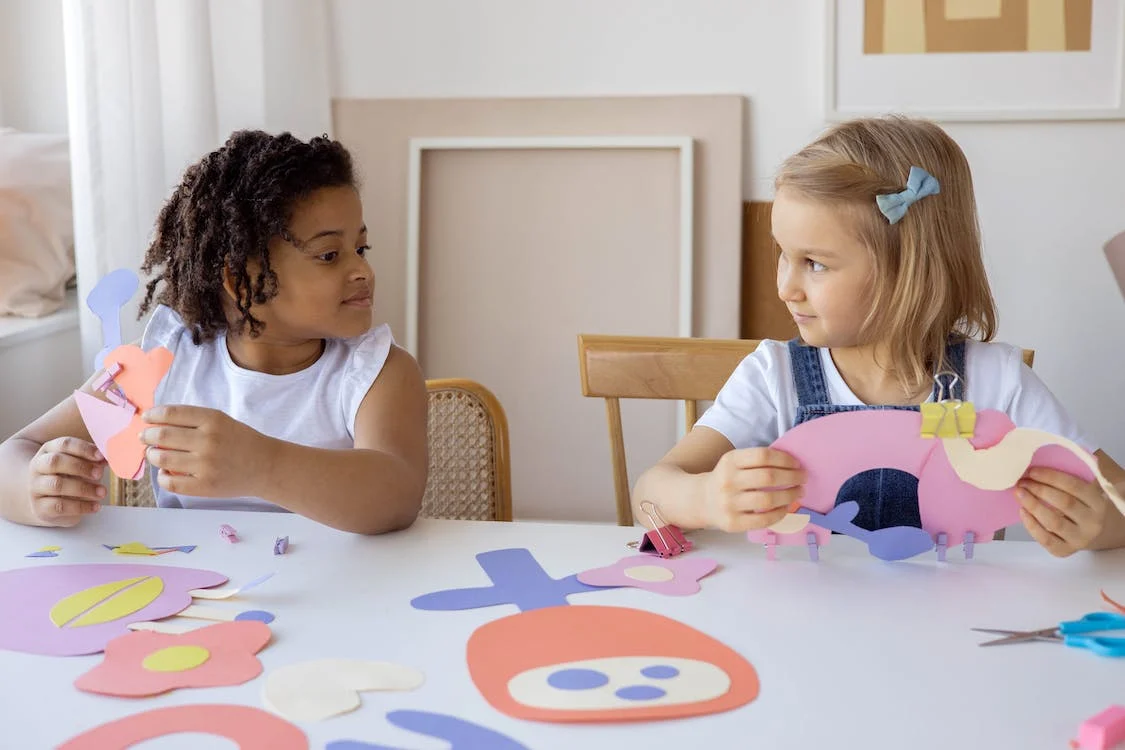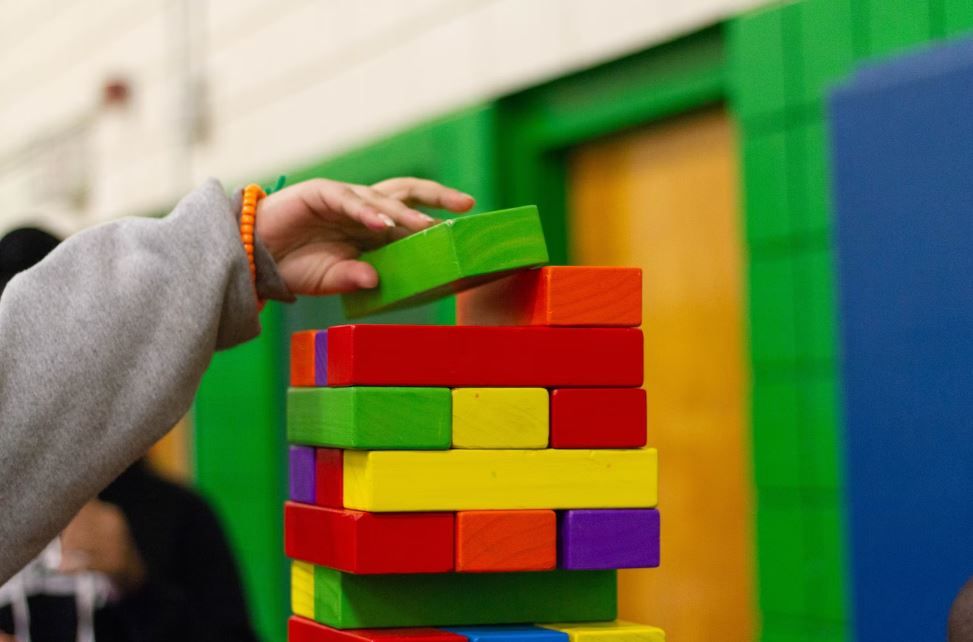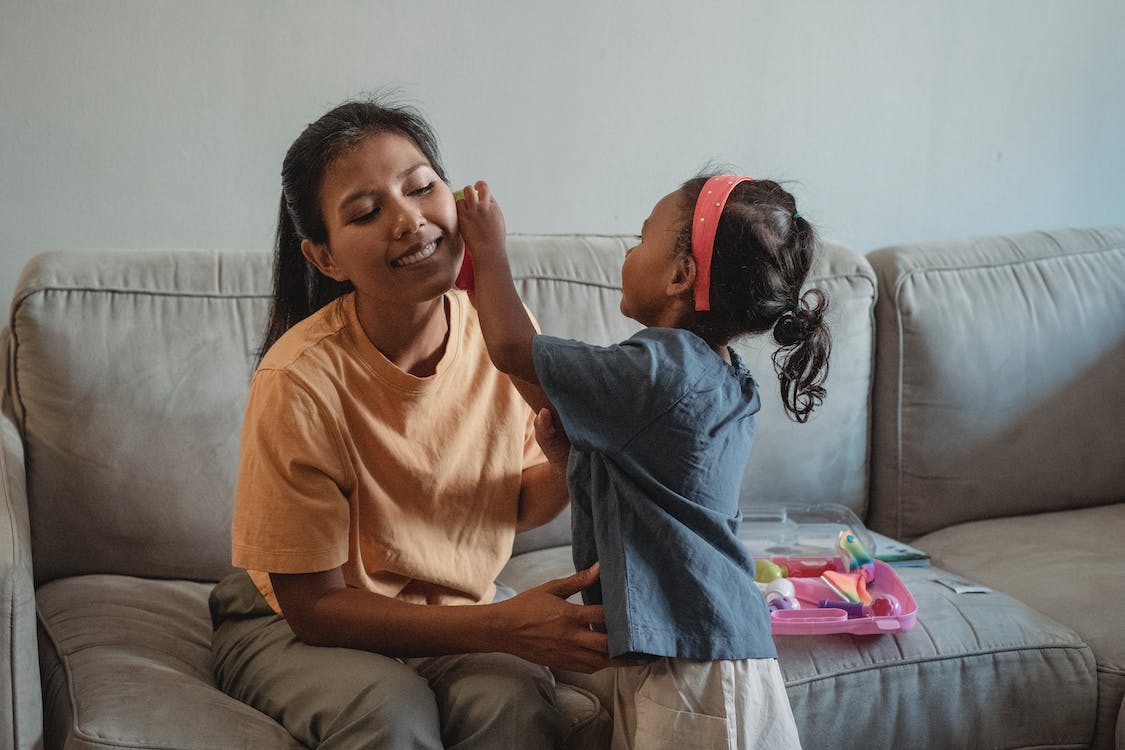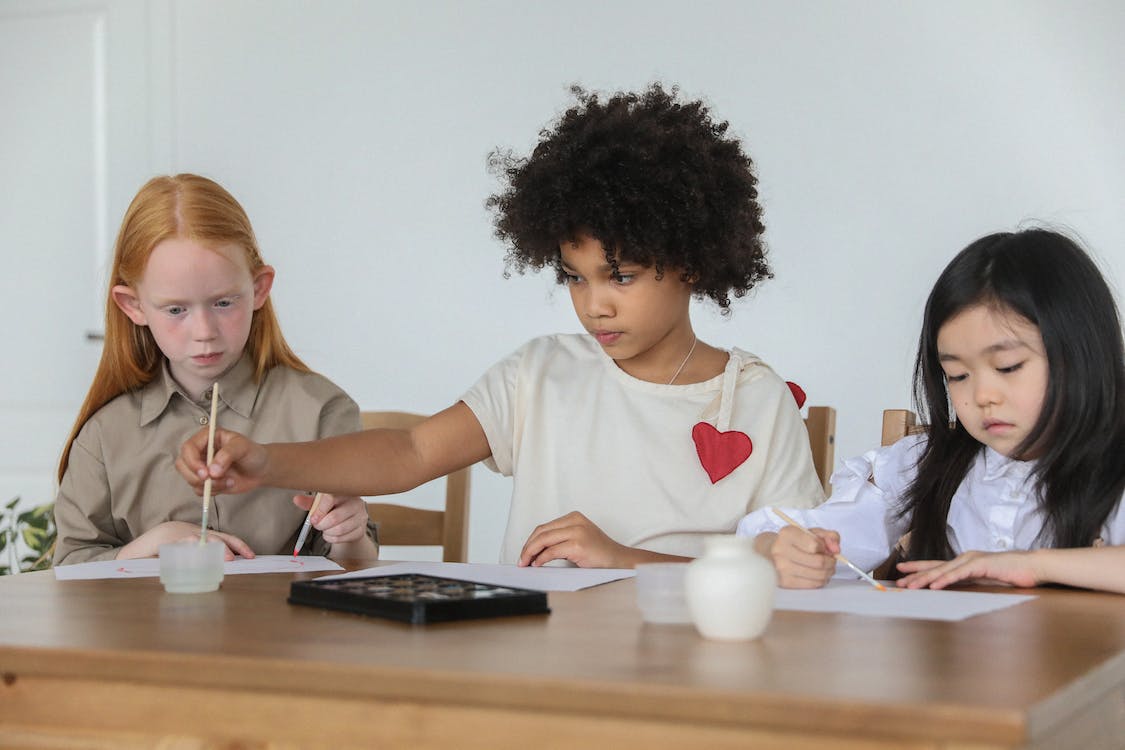Introduction
The Essence of Creative Play
Creative play is a fundamental aspect of childhood that goes beyond mere amusement. It is a form of play that encourages children to use their imagination, think outside the box, and explore their inner creativity. Creative play involves activities that allow children to invent, experiment, and create, opening the door to a world of endless possibilities.
Creative play can take various forms, such as building with blocks, drawing, pretending, crafting, and engaging in outdoor adventures. The key is that it enables children to express themselves, make choices, and develop their unique perspectives. In this article, we will explore the importance of creative play in nurturing the imagination and fostering learning in children.
The Role of Imagination in Child Development
Einstein once famously stated, “Imagination is more important than knowledge.” Imagination serves as the gateway to endless possibilities, serving as the genesis of creativity, innovation, and thinking beyond established boundaries in the realm of child development. Imaginative and creative play represents the educational avenue through which children explore and comprehend the world. Within the realm of imaginative play, children engage in the manipulation of materials, express themselves through both verbal and non-verbal means, engage in intentional or unintentional planning, enact scenarios, interact with their environment, respond to stimuli, and assume various roles. When children partake in creative play with items such as dolls, vehicles, blocks, rocks, cardboard, or boxes, they open up excellent opportunities for learning. The employment of creative thinking during activities like molding play dough, concocting imaginative recipes by mixing dirt and water, working with art supplies, splashing around in puddles, or assuming the role of a soaring adventurer can significantly contribute to a child’s development.
Imagination is a remarkable cognitive skill that plays a vital role in child development. It allows children to visualize, dream, and make sense of the world around them. Imagination empowers them to create scenarios, problem-solve, and understand abstract concepts. As children grow and develop, their imaginations flourish, leading to greater creativity and cognitive growth.
Imagination is not limited to the arts or creative activities; it is a cognitive skill that influences a child’s ability to learn, think critically, and adapt to new situations. Encouraging imaginative play in children contributes to their holistic development and equips them with essential life skills.
The Science Behind Creative Play
Cognitive Benefits of Imaginative Activities
Scientific research supports the idea that creative play has numerous cognitive benefits for children. Activities that require imagination stimulate brain development, especially in regions responsible for problem-solving, memory, and emotional processing. This kind of play enhances language development, as children invent stories and scenarios, improving their communication skills.
Moreover, imaginative play fosters cognitive flexibility, helping children adapt to different situations and think creatively when facing challenges. This adaptability is a valuable life skill that will serve them well throughout their lives.
Enhancing Problem-Solving and Critical Thinking
Engaging in creative play nurtures a child’s ability to approach problems from various angles. When children build imaginary worlds, play pretend, or engage in artistic expression, they learn to analyze situations, make decisions, and find innovative solutions. These problem-solving skills are transferable to real-life situations and are essential for academic and professional success.
Imagination allows children to envision the end goal and work backward to achieve it, an invaluable skill that influences their ability to strategize and think critically. Encouraging imaginative play not only enhances creativity but also hones essential cognitive abilities that are crucial for lifelong learning.
Role of Toys and Tools in Fostering Creativity
Choosing Age-Appropriate Toys
Toys and tools play a significant role in nurturing creativity and imagination in children. When selecting toys, it is essential to consider age-appropriateness. Younger children benefit from toys that engage their senses, such as building blocks and tactile objects. As they grow, more complex toys like puzzles, art supplies, and imaginative playsets become suitable.
Choosing toys that encourage open-ended play is also crucial. These are toys that lack a fixed purpose, allowing children to use their creativity to define how they are used. Open-ended toys promote experimentation, problem-solving, and imaginative thinking.
The Balance Between Structured and Unstructured Toys
A balance between structured and unstructured toys is key. Structured toys, like puzzles and educational games, provide guidance and specific goals, fostering logical thinking and problem-solving. In contrast, unstructured toys, such as building blocks or art supplies, encourage free play, letting children create and explore without predefined rules.
The combination of both structured and unstructured toys allows children to experience a well-rounded play environment that promotes creativity, cognitive development, and learning.
The World of Pretend Play
Building Imaginary Worlds
Pretend play, often referred to as imaginative play, is a critical aspect of creative play. It allows children to construct imaginary worlds, scenarios, and characters. Through pretend play, children develop a deeper understanding of social roles, relationships, and human emotions. They can be superheroes, doctors, teachers, or anything they desire, which encourages empathy and perspective-taking.
Children use their creativity to devise intricate stories, and this process reinforces their cognitive, social, and emotional development. The act of creating stories and role-playing in these imaginary worlds strengthens memory, language skills, and emotional intelligence.
Role-Playing and Understanding Real-World Scenarios
Pretend play extends beyond imaginative worlds; it also helps children comprehend real-world situations. For example, playing house allows them to explore family dynamics, and pretending to be doctors or nurses helps them understand healthcare and empathy. Role-playing activities can be an educational tool for discussing and processing challenging real-life situations, such as going to the doctor or starting school.
Artistic Expression in Children
Drawing, Painting, and Craft Activities
Artistic expression is a significant aspect of creative play. Drawing, painting, and engaging in craft activities provide children with a medium for self-expression. These activities allow them to communicate their thoughts, feelings, and ideas in a visual form. Artistic expression fosters fine motor skills, hand-eye coordination, and attention to detail, which are essential for academic success.
Encouraging children to explore different artistic mediums and techniques helps them discover their creative preferences and develop a sense of accomplishment through their creations.
Music, Dance, and Movement
Artistic expression extends to music, dance, and movement. Children naturally gravitate toward these forms of creative play, and they offer a means of exploring rhythm, coordination, and self-expression. Dancing, playing musical instruments, or simply moving to a beat are ways in which children engage their imaginations while developing physical and cognitive skills.
Outdoor Play and Nature Exploration
The Importance of Outdoor Activities
Outdoor play is an integral part of fostering creativity and imagination in children. Nature offers a rich source of inspiration and learning opportunities. Outdoor play stimulates children’s senses, encouraging them to explore the world around them, connect with nature, and appreciate the environment. Activities like hiking, gardening, and playing in the park promote creativity and a sense of wonder.
Learning from Nature and the Environment
Spending time in nature not only allows children to exercise their imagination but also provides a unique educational experience. They can learn about ecosystems, observe wildlife, and understand the interdependence of living organisms. Outdoor play enhances problem-solving skills, encourages an interest in science and the environment, and promotes a healthy and active lifestyle.
Conclusion
In conclusion, creative play is an essential element in fostering imagination and learning in children. It provides them with the opportunity to develop cognitive, social, and emotional skills that will serve them throughout their lives. Imagination is a powerful tool for understanding the world, solving problems, and expressing oneself.
Parents, caregivers, and educators play a vital role in nurturing creativity and imagination in children by providing age-appropriate toys and tools, supporting a balance between structured and unstructured play, and encouraging activities that promote imaginative thinking. Whether through pretend play, artistic expression, or outdoor adventures, creative play allows children to explore their world, understand their emotions, and develop the skills necessary for a successful life. It is not just a source of entertainment but a fundamental building block for a child’s growth and development.
As we have discussed, creative play offers numerous benefits. It enhances cognitive abilities, such as problem-solving, critical thinking, and decision-making. It also fosters social skills, including cooperation, communication, and empathy, by promoting interaction with peers and adults. Moreover, creative play allows children to explore their emotional world, helping them understand and express their feelings in healthy ways.
In an era where technology is becoming increasingly dominant in children’s lives, it is more important than ever to emphasize the significance of creative play. Balancing screen time with imaginative and hands-on activities is crucial for a child’s development. Parents and caregivers should actively engage with their children, providing them with opportunities for creative play and being role models in cultivating imagination.
Educators also have a pivotal role in integrating creative play into the classroom. Incorporating hands-on learning experiences, promoting group projects, and encouraging artistic expression can significantly contribute to a child’s well-rounded education. Additionally, the school environment should be one that fosters creativity and innovation, providing spaces for children to explore and experiment.




